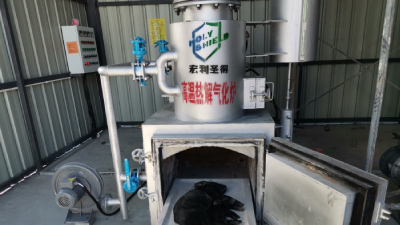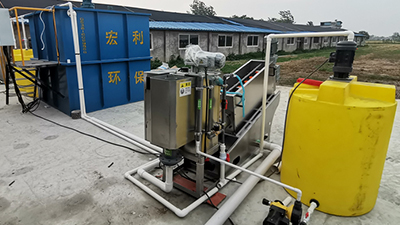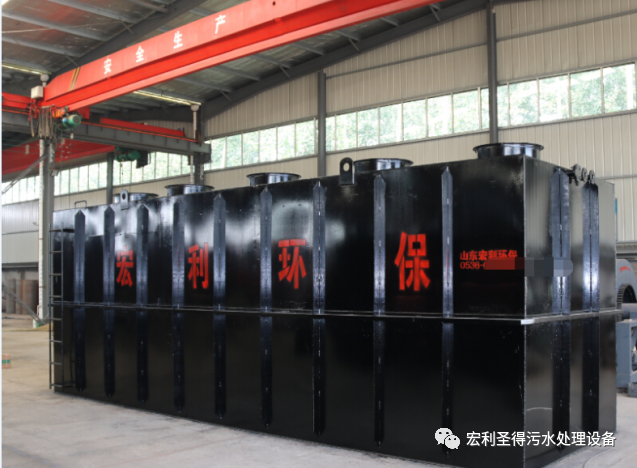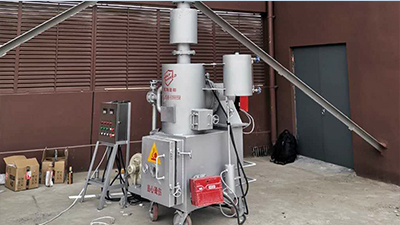



As is well known, the problem of rural household waste has always been a headache. In addition to economic constraints, the inability to collect enough waste to support the operation of incineration plants is also the reason why rural household waste has nowhere to be placed and discarded at will. Previously, there was a rough statistical data that required at least 600 tons of waste production per day to support the operation of a waste incineration plant that meets environmental emission standards. For remote areas, it is likely that a city does not have a permanent population of around 200000. Based on the average daily production of 1 kilogram of household waste per person, the total amount of household waste generated per day is only about 200 tons. Even if the entire city's garbage is collected, it is difficult to meet the basic operational needs of a formal garbage incineration plant. Therefore, dealing with rural garbage is a big challenge!
Rural waste incinerators like ours have a small footprint and adopt a high-temperature pyrolysis gasification process. When incinerated, they can reach a high temperature of 850 degrees Celsius and properly handle the vast majority of rural waste. Of course, for rural grassroots units with smaller budgets and more cost-effective equipment procurement, the biggest advantage of this type of rural waste incinerator is its relatively economical cost and later use and maintenance costs. It is understood that this high-temperature pyrolysis gasification process of waste incinerator has a cost reduction of several percent compared to similar functional incinerators on the market. Moreover, it can support customized production and maximize the likelihood of waste incineration needs within a limited cost. Additionally, it has the advantage of environmental protection and efficiency, and can be customized according to local emission standards and numerical requirements, Ensure that emissions comply with relevant standards. Due to various reasons, this rural waste incinerator has become a high-quality choice for most rural areas with less abundant funds.